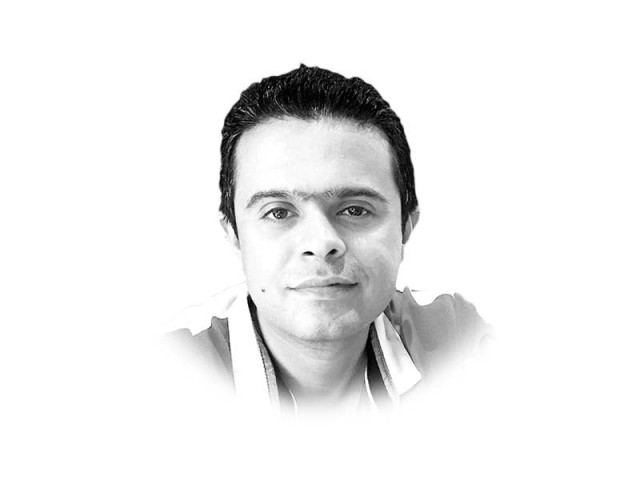The politician from Taunsa
But the real question is: if a chief minister from a deprived region cannot make it happen, then who will?

For years, Lahore dominated the politics of Punjab and in the process claimed the lion’s share of development funds. The city thrived with modern roads, underpasses, ring roads and mass transit projects at the expense of other districts. In February 2019, I wrote about “The Untold Story of Punjab”, and skewed distribution of resources, showing that from 2013 to 2018 Lahore received 50% of the development funds, depriving South Punjab of its due share.
But come 2018, Lahore lost its domineering position in Punjab, with Pakistan Tehreek-e-Insaf coming to power. The party selected an unknown politician from Taunsa Sharif for the coveted slot of chief minister Punjab. Under the previous regime, someone like Sardar Usman Buzdar couldn’t even get an audience with the chief minister Punjab and yet here he was, managing this province of 110+ million people. Notwithstanding the skepticism about his ability, the decision did signify inclusiveness of the system. Moreover, hailing from South Punjab and being well-versed with its problems, he was believed to be a harbinger of change for the region.
Since Buzdar assumed office in August 2018, the year 2019-20 was the first full financial year for which his government was entirely responsible and therefore a good scale to judge if South Punjab finally found answers to its plight under him.
In 2019-20, a total of Rs144 billion was allocated for development work in the districts, which was later revised to Rs165 billion. Due to decline in federal transfers, however, it shrank to Rs103 billion. Out of this squeezed budget, Lahore still turned out to be the largest recipient of development funds, getting Rs20 billion, almost twice its population share. Surprisingly, out of 36 districts, Dera Ghazi Khan received the second largest chunk of the development funds (Rs8 billion), much more than what major metropolitans like Rawalpindi, Faisalabad, Gujranwala and Multan got. It even surpassed Mianwali, the district of the Prime Minister, which received a total of Rs7.4 billion.
In comparison, 10 districts received less than a billion rupees each, including Okara, Chakwal, Mandi Bahauddin, Narowal, Khushab, Bhakkar, Attock, Khanewal, Hafizabad and Chiniot, while another 13 received less than Rs2 billion each.
Let’s take a closer look at South Punjab and its three divisions: Multan, Bahawalpur and DG Khan. The region did end up getting 29% of the funds. But interestingly, while politicians from Multan and Bahawalpur kept bickering about the seat for South Punjab secretariat, DG Khan division quietly received the bulk (43%) of the development funds allocated for the South. The DG Khan district itself consumed 26% of the South’s share, while accounting for 8% of the region’s population.
The distribution becomes even more skewed when looked at, on per capita basis. Mianwali received Rs4,800 per capita, Dera Ghazi Khan Rs2,800, whereas Lahore received Rs1,800. On the other hand, the bottom districts like Khanewal and Chiniot received a meagre Rs270 and Rs230 per capita respectively.
In the budget for 2020-21, the DG Khan district continues to claim 27% from the meagre allocation of Rs24 billion for the South Punjab, leaving crumbs for the more populous Multan and Bahawalpur divisions and even the three other impoverished districts of DG Khan division: Layyah, Muzaffargarh and Rajanpur.
Despite the change of regime in Punjab, the intra-regional resource allocation remains highly skewed in favour of those who control the purse. The only way to change this is through a transparent sub-provincial resource distribution mechanism. But the real question is: if a chief minister from a deprived region cannot make it happen, then who will?
In the meanwhile, however, the politician from Taunsa is building his legacy in his own constituency at the expense of the rest of the province.
Published in The Express Tribune, September 1st, 2020.
Like Opinion & Editorial on Facebook, follow @ETOpEd on Twitter to receive all updates on all our daily pieces.
















COMMENTS
Comments are moderated and generally will be posted if they are on-topic and not abusive.
For more information, please see our Comments FAQ